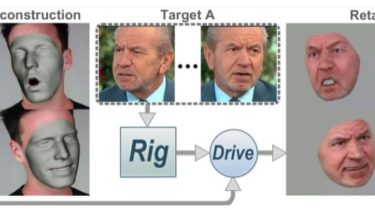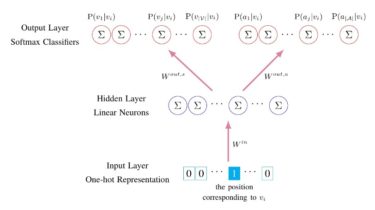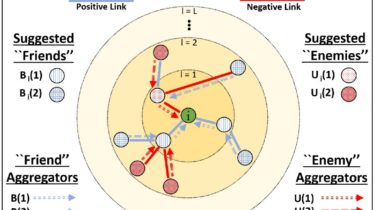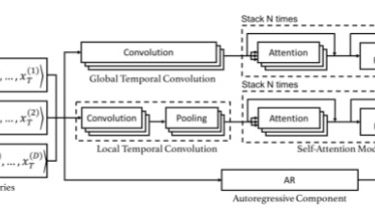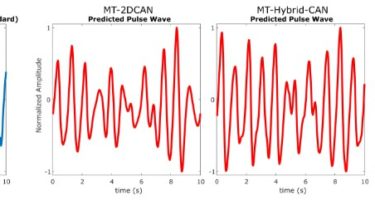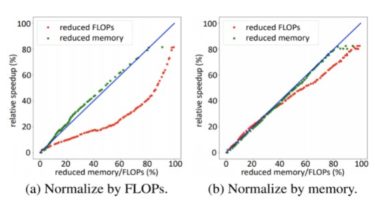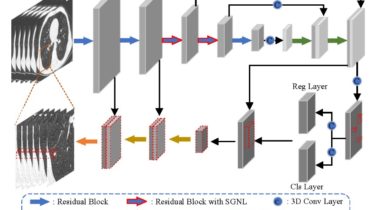Riggable 3D Face Reconstruction via In-Network Optimization
INORig Source code for CVPR 2021 paper “Riggable 3D Face Reconstruction via In-Network Optimization”. Installation (1) Create an Anaconda environment. conda env create -f env.yaml conda activate INORig (2) Clone the repository and install dependencies. git clone https://github.com/zqbai-jeremy/INORig.git cd INORig pip install -r requirements_pip.txt (3) Setup 3DMM mkdir external cd external git clone https://github.com/zqbai-jeremy/face3d.git cd face3d Setup face3d as in YadiraF/face3d. Download “Exp_Pca.bin” from Guo et al. (in “CoarseData” link of their repository)and copy to “/external/face3d/examples/Data/BFM/Out/”. Download “std_exp.txt” from Deng […]
Read more